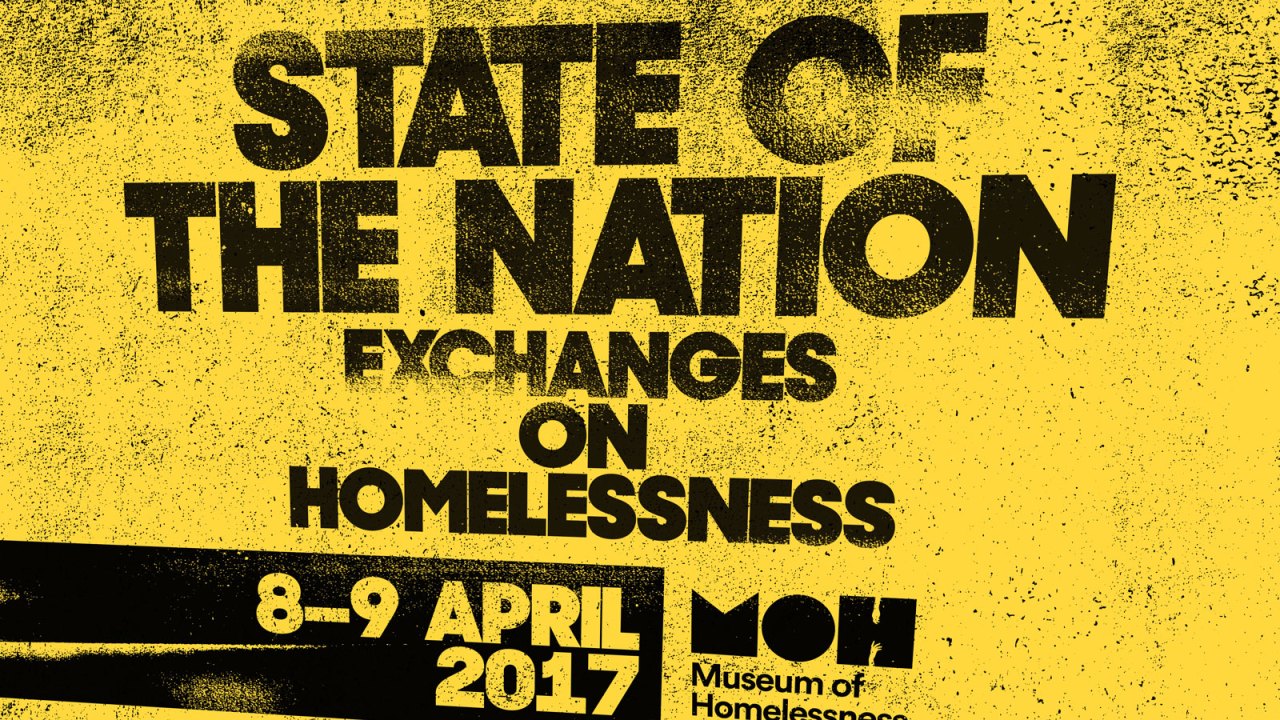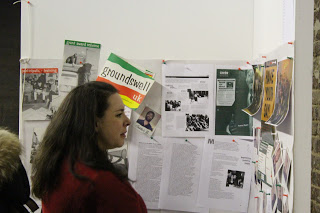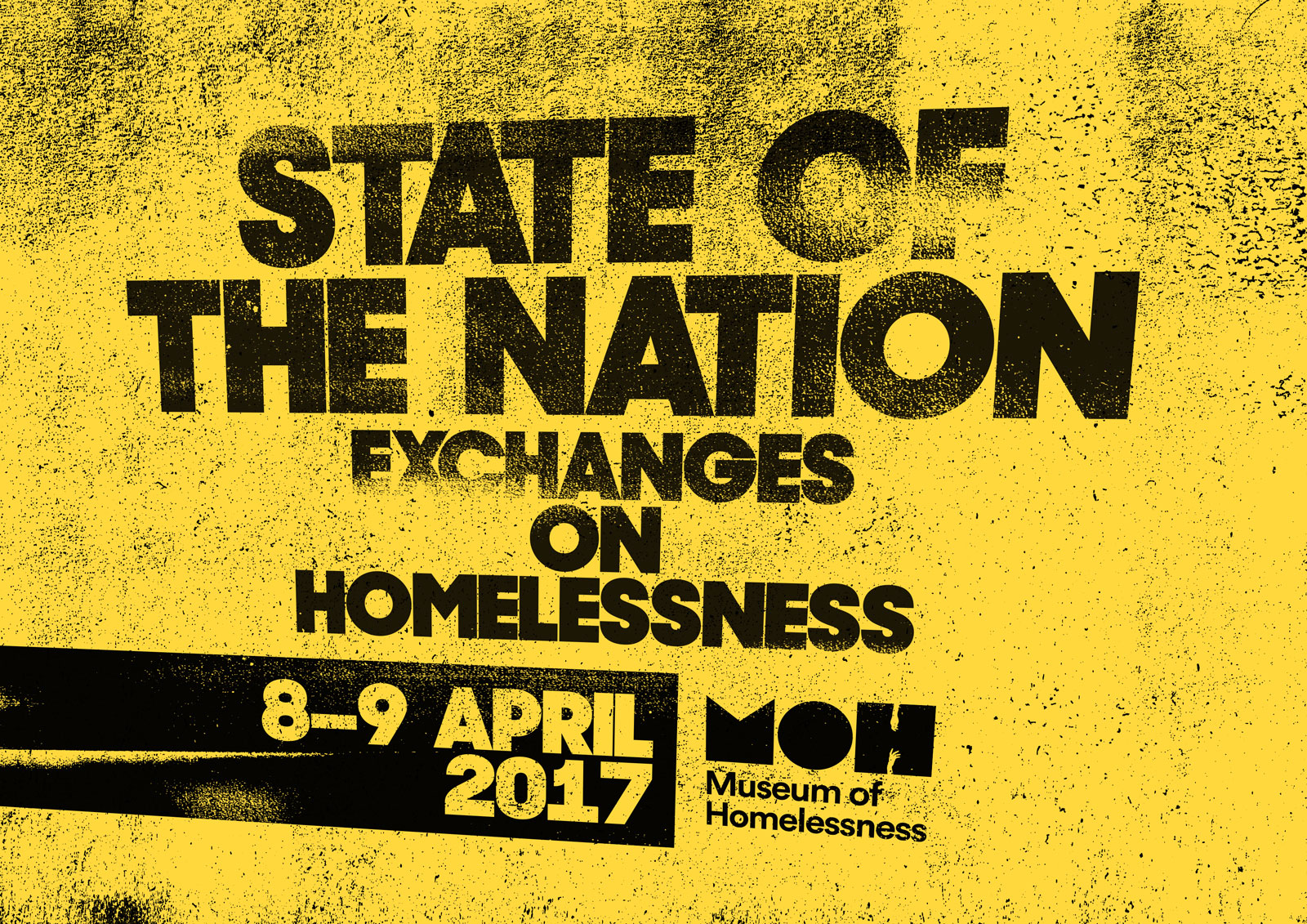
The Museum of Homelessness is the first museum devoted to this topic in the UK. It is being developed by people from all walks of life, including those who have been homeless. Just over two years old, the museum was founded on the premise that society needs an organisation like this to help us learn what has gone before in order to make a difference today. The UK has experienced an explosion of homelessness over the last five years making it a topic that affects almost everyone here.
Our museum has been called an activist museum, and there are indeed many ways our work might be viewed as activist. For example; by saying that people without academic qualifications or experience who have been homeless can be curators of museums; by founding a museum on a housing estate in the UK; by saying that the primary purpose of our collection and archive is to enable people to make social change or work through trauma or both; by founding a museum on the basis of a social need rather than to preserve an inherited collection of objects. But to me and my colleagues, none of this is really activism. It is simply common sense. It would be unethical to address homelessness without putting lived experience at its core. We feel that a museum of homelessness must create social change and we therefore need to take a particular stance in our work.
The word activism is becoming increasingly prominent in the museum field. There is increasing recognition that museums must respond in some way to contemporary challenges. (This belief was demonstrated, for example, by the fast-paced discussion in a recent #museumhour Tweet chat that explored how museums respond to political events.) But there is no consensus about what activist museums should do: inspire activism in others, back a particular cause or just programme in a particular way. This lack of consensus is hardly surprising, given that activists don’t tend to work on five year strategic plans—activism is week-to-week, responsive and very direct. There isn’t much that is institutional about it. So for museums, the word activism tends to be thought about in relation to something else. It surfaces when the museum’s interface with social justice or other real-world issues is framed in contrast to the ‘core’ work of museum – collecting, preservation, and display. Being a new museum, the Museum of Homelessness is in the privileged position of being unencumbered by the baggage that comes with institutional history.
Whether you think my colleagues and I are activists or not, homelessness is on the rise and so our museum will be exploring this set of conditions in our very first public programme – State of the Nation – at Tate Modern April 8 and 9, and Tate Liverpool in July. This free weekend will explore homelessness by bringing together people from all walks of life to ask the questions that matter in 2017. During this weekend we will work with artist David Tovey, an outrageously creative formerly homeless artist who in a few short years has gone from death’s door to being name checked by Tate director Nicholas Serota. We will hear from homelessness sector leaders and we will share objects and stories that have existed on the margins of society but will now find a home in one of the world’s premier art galleries.
Do events such as this signal the end of museum neutrality? Can the Museum of Homelessness honestly say it’s presenting objects and stories at State of the Nation in a balanced and objective way? We certainly intend to, but when you work with and for marginalised people the terms of engagement are a little different. You present a particular set of truths – those that are often hidden or ignored.
Some people object to museum activism, contending organizations in our field should not take a political standpoint or promote a particular agenda. Museums are highly trusted institutions, they point out, and neutrality, as one foundation of that trust, is not to be trifled with. I believe this argument ignores the fact that museums are inherently political institutions already and that the idea of activism needs greater exploration in general. At the Museum of Homelessness, we are setting out to rebalance the power relations and shift representations. Borrowing from a long tradition in the homelessness world, we also create spaces where people can be political, have their voices heard and learn from each other.










